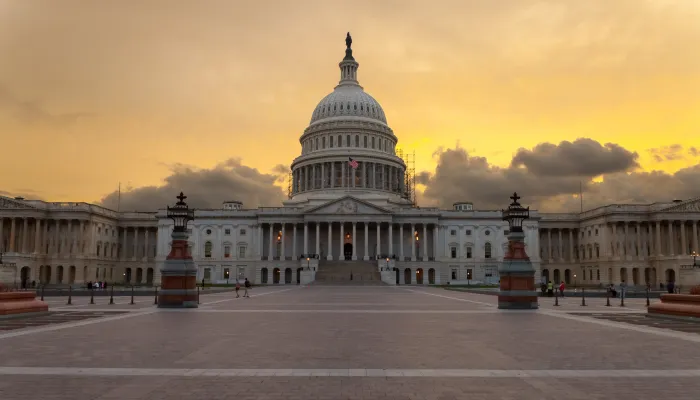The Consequences of Default
Last week the Economist published an article entitled America's debt ceiling: The mother of all tail risks. This article explains what could happen if the United States defaults, in light of the August 2nd deadline being a mere five weeks away. Of paticular note, the Economist highlights the recent upward trajectory of credit-default swaps and provides further insight as to why even a technical default could cause turmoil in markets and how this would likely cost the government significantly.
Trading in credit-default swaps (CDS) on Treasury securities has multiplied as investors seek protection against default, with the price of one year of protection now close to that of five year protection. While there is a great deal of debate over how a deafult could play out, the article makes a good case for why even a minor default should be avoided.
As the Economist points out, history indicates that technical defaults can be costly. For example,
America’s only known instance of outright default (other than refusing to repay debts in gold in 1933) occurred in 1979 when the Treasury failed to redeem $122m of Treasury bills on time. It blamed unprecedentedly high interest from small investors, a delay in raising the debt ceiling and a word-processing-equipment failure. Although it repaid the money and a penalty to boot, a later study by Terry Zivney, now of Ball State University, and Richard Marcus of the University of Wisconsin-Milwaukee found it caused a 60-basis-point interest-rate premium on some federal debt. Today that would cost $86 billion a year or 0.6% of GDP, a hefty penalty for something so avoidable.
Steven Hess of Moody's credit rating agency warns in the event of even a "quick" default where Congress swiftly raises the debt ceiling, the US's prized Aaa status would still be tarnished. According to Hess, "In the past our assumption was interest would always be paid on time. If an actual payment were missed once, might that happen again? If you thought it could, that is clearly not compatible with Aaa." Even a quickly-resolved default could sow doubts in markets regarding our debt, causing interest rates to rise and prompting investors to look elsewhere to put their money.
A great deal is at stake in the current debt limit negotiations. As CRFB recommends in a recent paper on "What Needs to Come Out of the Debt Ceiling Negotiations," a debt limit increase must be approved as soon as possible and a breach of the limit that would cause default avoided. However, we should also take concrete steps to reduce the debt so to avoid such a predicament in the future. As we point out in another recent article, averting a fiscal crisis caused by mounting debt will require a comprehensive fiscal plan.


